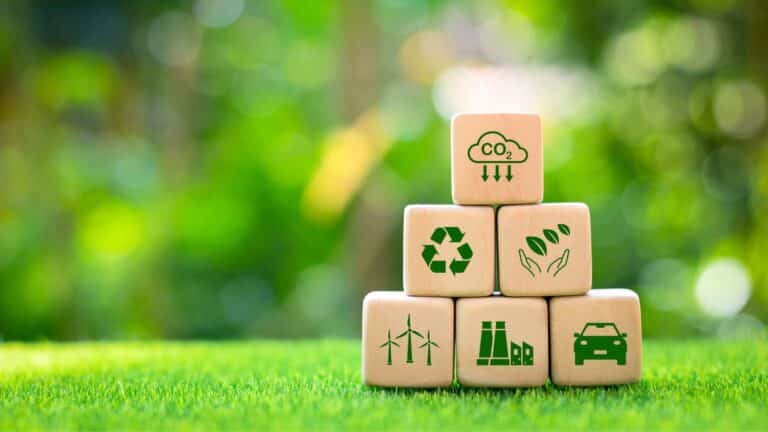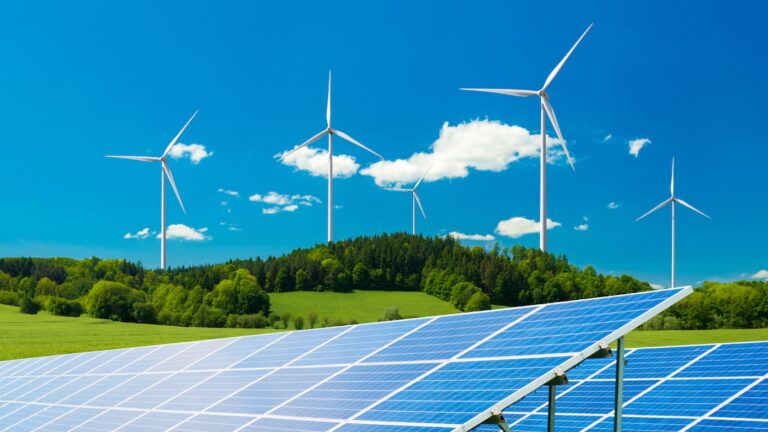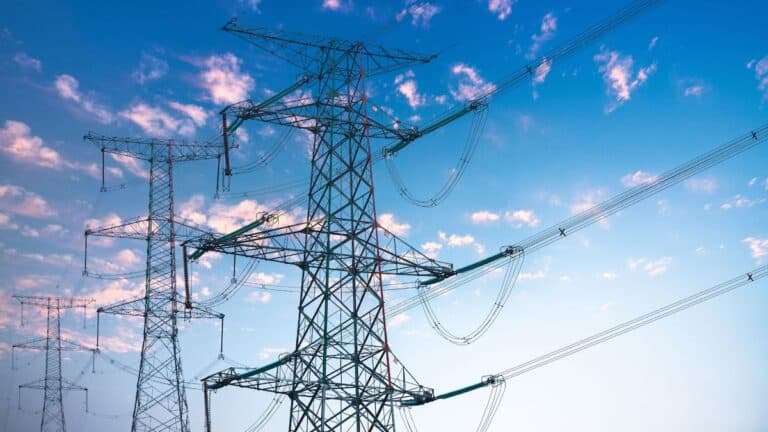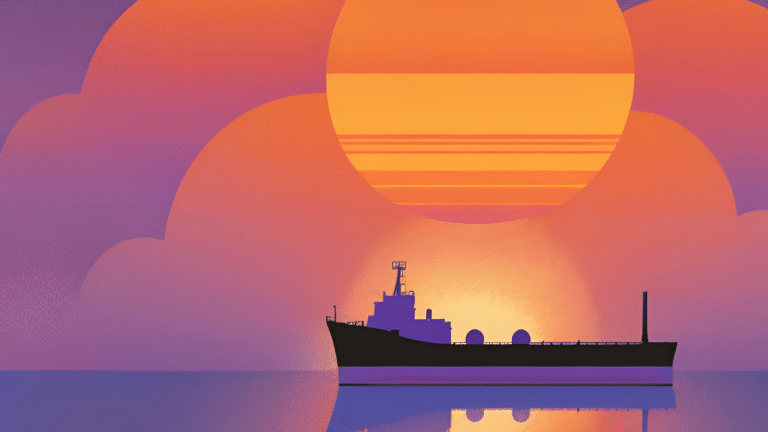This website uses cookies as well as similar tools and technologies to understand visitors’ experiences. By continuing to use this website, you consent to Columbia University’s usage of cookies and similar technologies, in accordance with the Columbia University Website Cookie Notice.
Reports
Publications
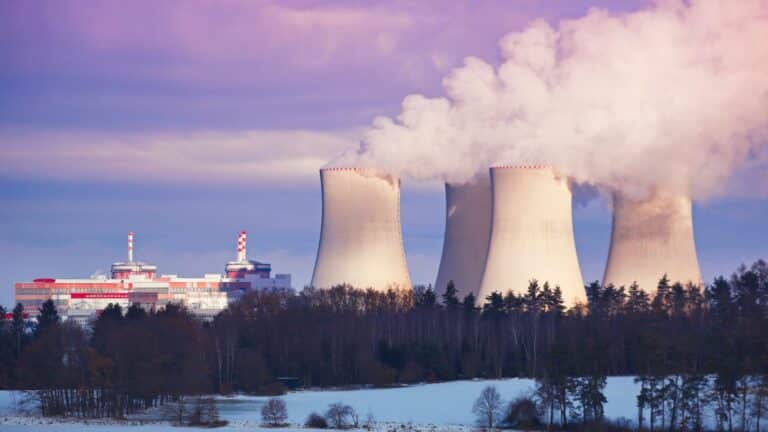

Economic Performance in US Fossil Fuel Communities
Rapidly reducing greenhouse gas emissions from fossil fuels to address the severe threats of climate change requires economic transformations that pose challenges for regions heavily dependent on coal, oil, natural gas, or other carbon-intensive industries.
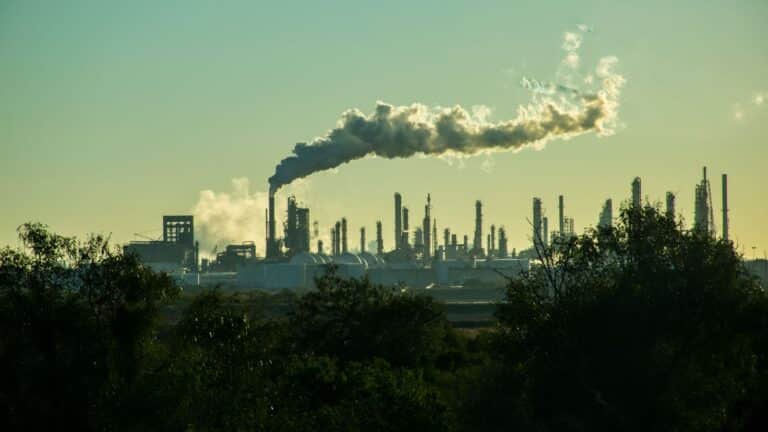
Lessons from the Nuclear Waste Negotiator Era of the 1990s for Today’s Consent-Based Siting Efforts
Nuclear power is being weighed in energy transition plans around the world, as countries seek to replace fossil fuels with low-carbon alternatives while also meeting growing energy demand and maintaining reliability and affordability.
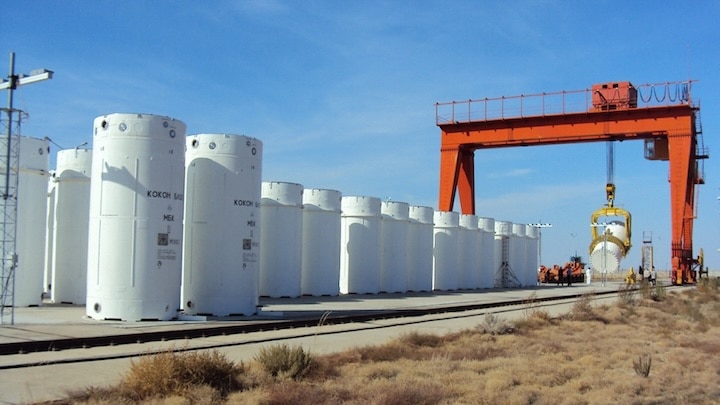
Triggering Investment in First-of-a-Kind and Early Near-Zero Emissions Industrial Facilities
This report explores financial policy instruments that can make first-of-a-kind (FOAK) near-zero emission industrial facilities viable.
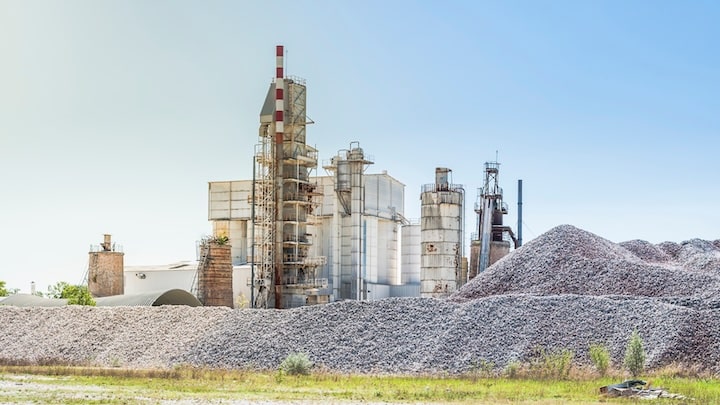
Revisiting GTCC and GTCC-Like Nuclear Waste Disposal in the United States
While the United States (US) has facilities that can and do dispose of most low-level nuclear waste (LLW), it does not yet have a viable disposal pathway for two categories of waste: so-called greater-than-class-c (GTCC) nuclear waste, and nuclear waste with characteristics similar to it, or “GTCC-like.”
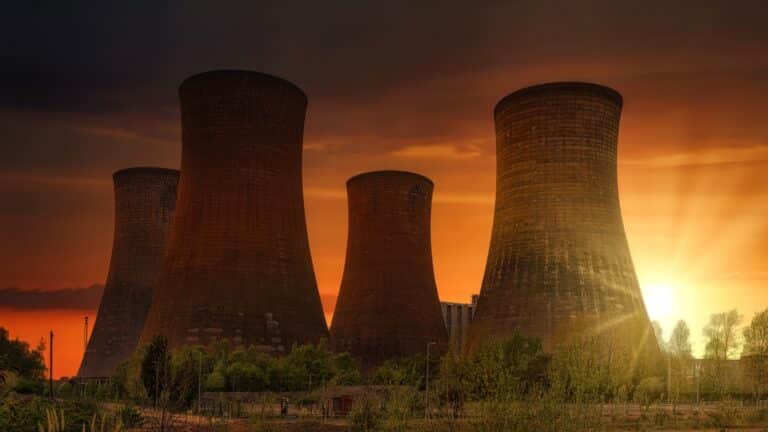
Using New Marginal Emissions Data to Improve State Renewable Portfolio Standards
The majority of US states use a renewable portfolio standard (RPS) to achieve clean energy targets. RPS programs typically set annual clean energy production levels, but they ignore the significant variations in greenhouse gas (GHG) emissions intensity of the grid at different times of the day and at different locations.
